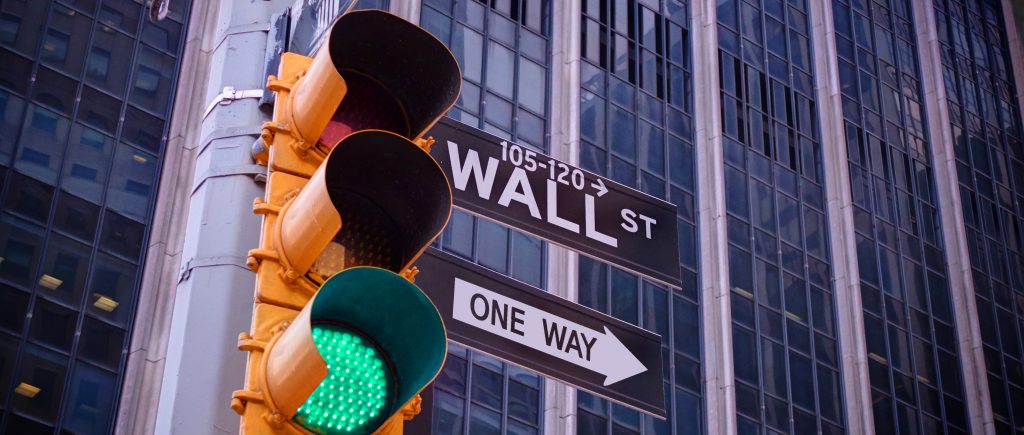Wall Street shattered records on October 3, 2025, with the Dow Jones Industrial Average surging over 500 points, defying the ongoing U.S. government shutdown now in its third day. This bold advance pushes a provocative argument: markets are betting big on resilience, shrugging off policy chaos and economic headwinds as mere blips. Yet, this optimism might overlook brewing risks in labor markets and growth, echoing past shutdowns but amplified by today’s fragile recovery.
Unlike the brief 2013 and 2018-2019 disruptions that barely dented rallies, this episode coincides with softening data, raising questions about whether the euphoria is sustainable or a setup for volatility.
Market Momentum Defies Shutdown Jitters
Major indexes climbed to all-time highs, with the Dow up 1.1%, the S&P 500 gaining 0.5%, and the Nasdaq Composite edging 0.3%. Small caps shone brighter, as the Russell 2000 jumped 1.5% to a record, lifting its year-to-date gains to nearly 12%. Weekly performances reinforced the strength: the S&P 500 and Dow each rose over 1%, the Nasdaq nearly 2%, and the Russell 2.5%.
The shutdown has sparked warnings from top officials. President Donald Trump highlighted potential massive layoffs, framing it as a chance to trim federal agencies. Treasury Secretary Scott Bessent noted possible hits to GDP, growth, and working Americans, with the Congressional Budget Office estimating 750,000 daily furloughs.
Historically, such events have been short-lived and non-market-moving, but opponents argue this one exacerbates inflation risks and labor slowdowns. Still, investors appear unfazed, viewing it as temporary—much like past lapses that resolved without derailing bull runs. The difference now? A data blackout halting releases like September’s nonfarm payrolls, starving markets of clarity and potentially masking deeper weaknesses.
Economic Indicators Signal Caution Amid Fed Expectations
Service sector activity stalled in September, with the ISM Services PMI dropping to a neutral 50.0 from 52.0, below expectations and signaling contraction in production for the first time since May 2020. Business activity fell to 49.9, while employment remained in contraction at 47.2, though prices rose to 69.4. Private payrolls also declined sharply, marking the biggest drop since March 2023 per ADP data, underscoring labor market fragility.
This backdrop complicates the Federal Reserve’s path. Markets anticipate a 25 basis point rate cut at the October 29 meeting, as per CME FedWatch tools, to counter slowdowns. Without key data, the Fed’s data-dependent approach faces hurdles, potentially leading to overly cautious or aggressive moves.
Critics contend that persistent inflation could force restraint, but soft jobs figures bolster the case for easing—cementing stock gains while holding the 10-year Treasury yield at 4.11%. Compared to prior cycles, like post-2008 when data gaps prolonged uncertainty, today’s environment risks amplifying missteps in a high-stakes recovery.
Sector Surges and Sentiment Point to Targeted Optimism
Quantum computing stocks exemplified selective enthusiasm, with Rigetti Computing and Quantum Computing each up over 27% weekly, D-Wave Quantum rising 23%, and Arqit Quantum surging 37%. IonQ added 9%, fueled by Rigetti’s $5.7 million orders, a 300 million euro Danish investment in quantum funds, and Nvidia’s push for accelerated computing. These gains highlight AI and tech’s enduring appeal, undeterred by shutdown noise.
Investor bullishness hit a three-month high at 42.9% in the latest AAII survey, up from 41.7%, while bearishness held at 39.2%.
Often a contrarian signal, this surge suggests potential exhaustion, yet it aligns with sidelined cash flowing into equities. A special poll revealed over half of respondents own no gold or precious metals, with fewer than 20% holding them directly.
As the shutdown lingers, expect amplified volatility if data reveals sharper downturns upon release. Resolution could unleash pent-up momentum, but intertwined risks—like labor woes—demand vigilance. Investors and traders must maintain reasonable caution, staying fully informed on evolving developments to navigate what could be a deceptive calm before broader shifts.

 Noor Trends News, Technical Analysis, Educational Tools and Recommendations
Noor Trends News, Technical Analysis, Educational Tools and Recommendations




